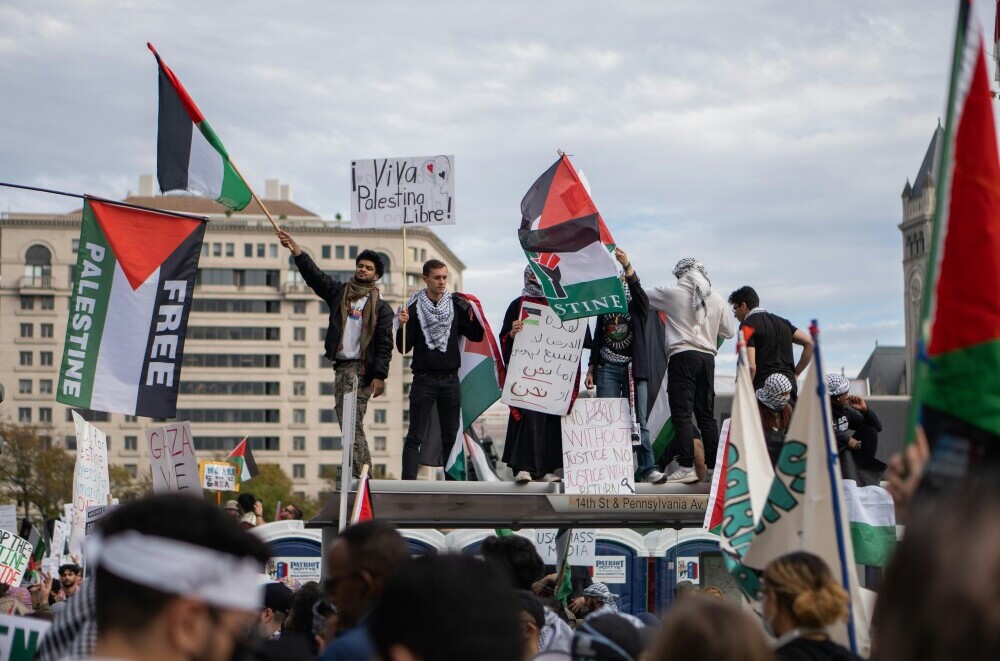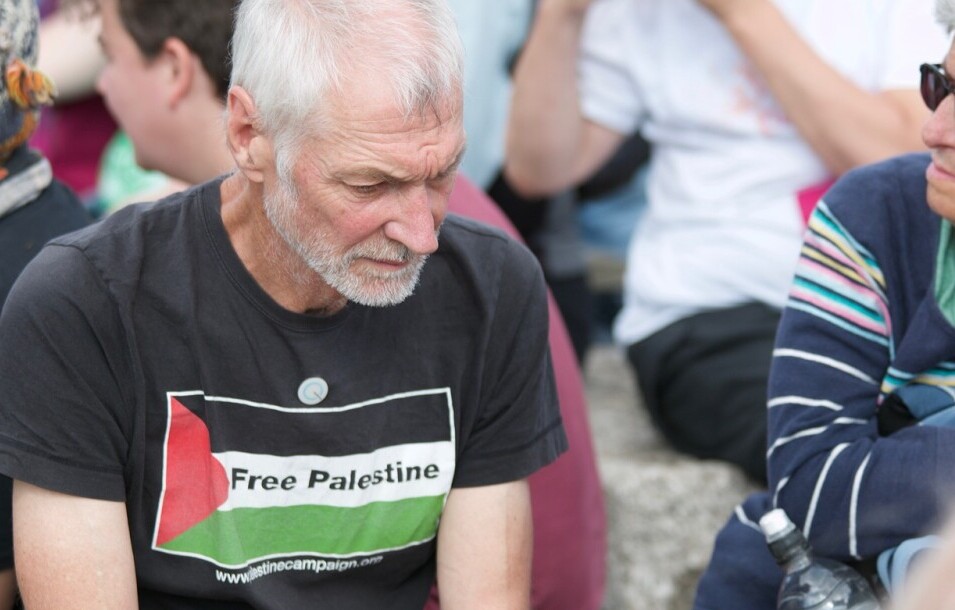
When you look at the relationship between South Asian and Palestinian women working together, it’s not just a recent trend. These movements have deep, rich histories that often go unmentioned. Both groups have long been active in advocating for social change, raising their voices against injustice, and striving for equality. It’s about recognizing these parallels and understanding how they got here.
Shared challenges really fuel this partnership – from cultural oppression to political struggles. These women have faced a series of roadblocks that aren’t just similar, but at times mirror each other. This collaboration is rooted in a common fight for rights and dignity. They unite because, collectively, their voice is stronger.
Key players are lighting the way, offering inspiration and guidance. There’s this incredible network of organizations and individuals who’ve been committed to these causes for years. Figures like Dr. Hanan Ashrawi from Palestine and activists across South Asia have been pivotal. These leaders bring people together, ensuring the movement never loses momentum. Their work might just be the thing to spark more conversations about these critical issues.

Bridging Cultural and Geographical Divides
Cultural connections form an essential part of South Asian and Palestinian women’s collaboration. It’s fascinating to see how these different backgrounds intertwine, offering each other unique perspectives and strengths. Whether it’s through shared stories, music, or art, there’s a deep mutual respect and understanding that enhances their unity.
Geographical distances and socio-political barriers might seem huge, but they’re finding creative ways to bridge these gaps. Technology has become a lifeline, with virtual meetings and social media facilitating dialogue and coordination. This digital camaraderie helps them transcend the usual hurdles, turning miles into mere inches in terms of impactful collaboration.
Real-life stories from their joint efforts demonstrate resilience and ingenuity. Projects focusing on education, healthcare, and women’s rights have been significant milestones. For example, educational programs tailored to local needs or campaigns highlighting gender equality issues show what can happen when two communities support each other. They showcase a blend of traditions and modern strategies that make impossible things possible.
The Future of Solidarity: Creating Lasting Impacts
Looking ahead, the collaboration between South Asian and Palestinian women holds immense potential. By focusing on future initiatives, they can keep the momentum going. This includes expanding educational opportunities and fostering entrepreneurial endeavors that support women’s economic independence. These areas offer pathways to not only empower women but also lift communities as a whole.
In the age of digital connectivity, technology and social media play a crucial role in amplifying their efforts. Platforms like Instagram, Twitter, and Facebook aren’t just for networking; they’re powerful tools for activism. These platforms allow them to reach broader audiences, share success stories, and mobilize support worldwide. Skills in digital literacy can be a game-changer, helping to prioritize training and equal access for everyone involved.
All this hard work is contributing to global awareness and potential policy changes. It’s not just about what happens within their communities; it’s shining a light on issues that demand attention on the world stage. By elevating these women’s voices, there’s potential for real, tangible impact. Policymakers and global organizations might start to take notice, recognizing the importance of the cause they’re championing.
No Responses